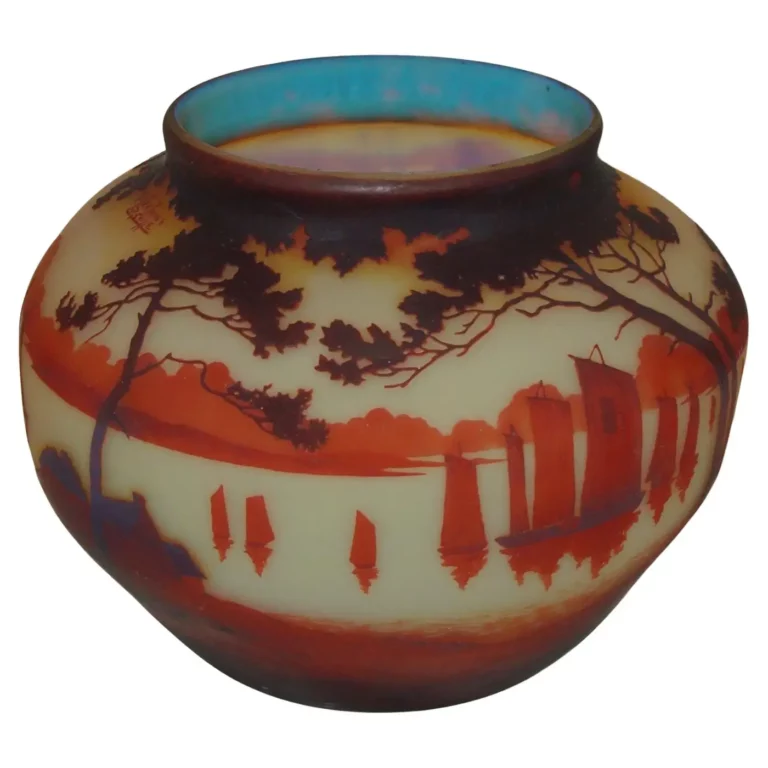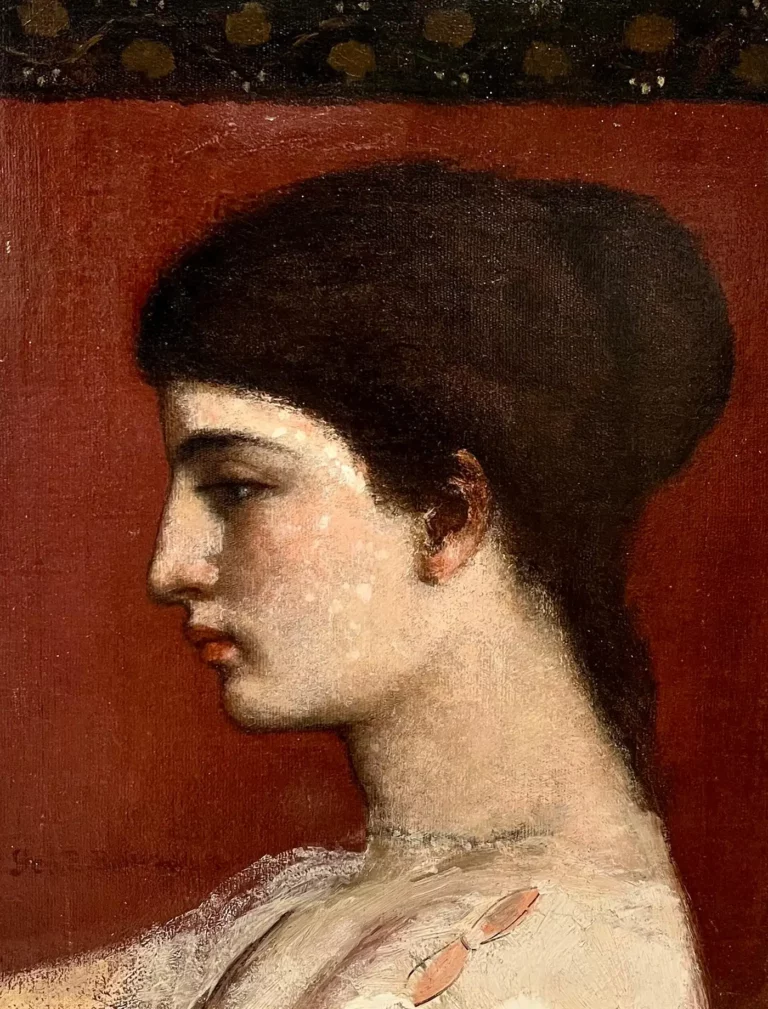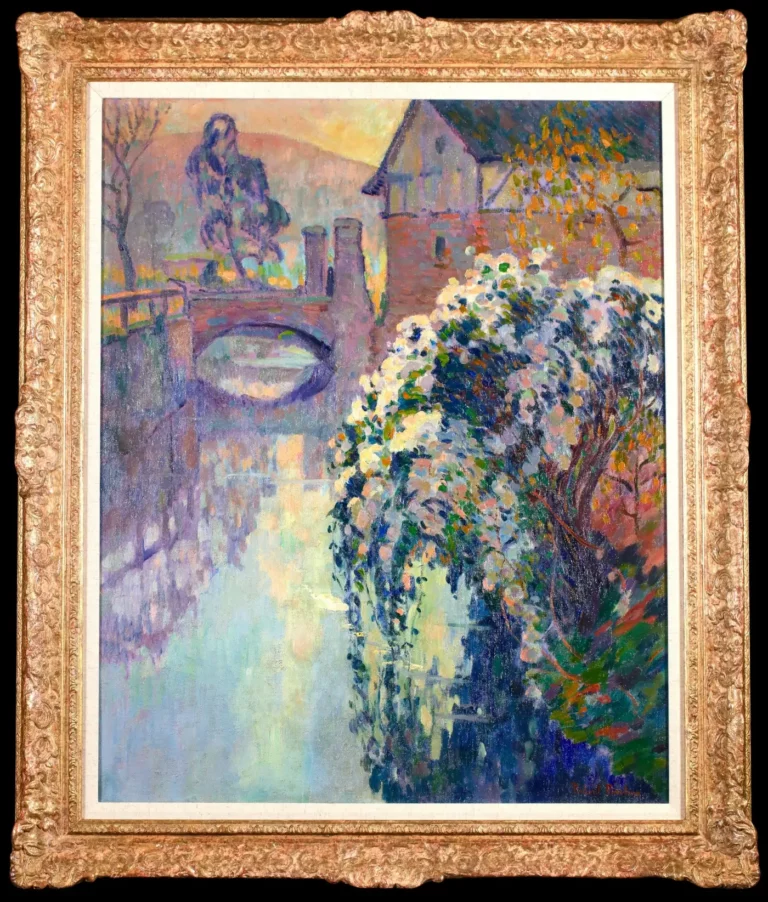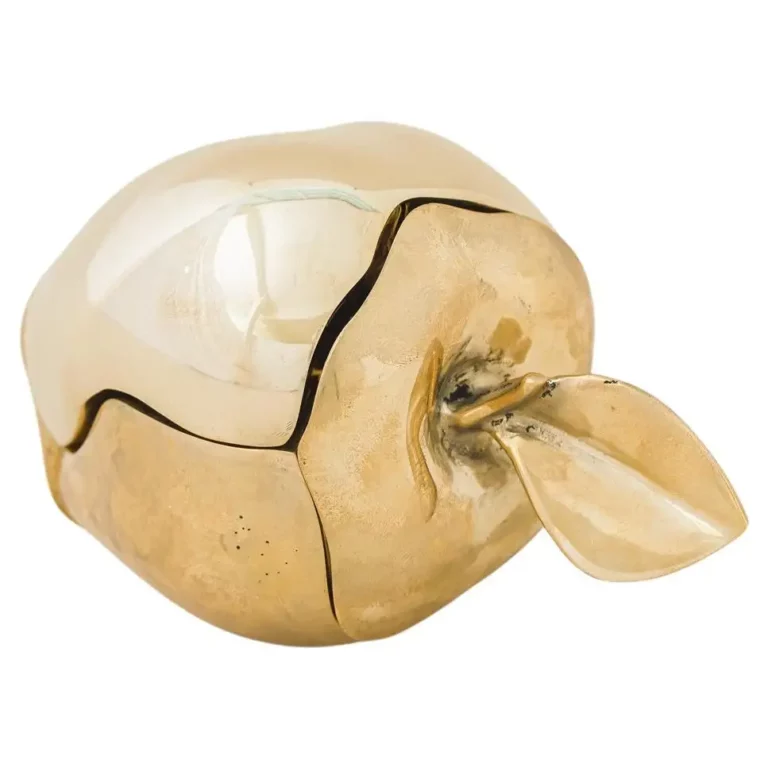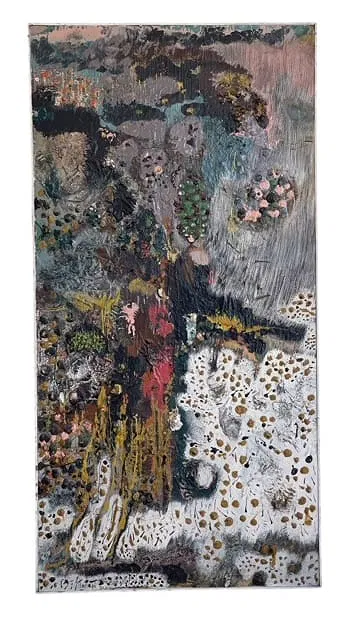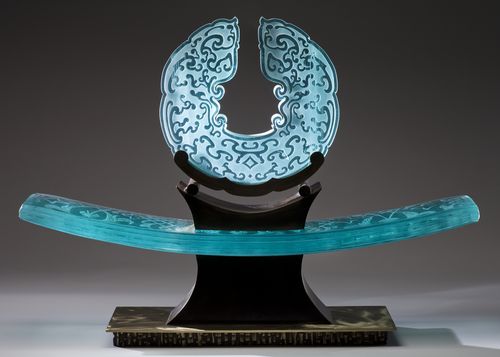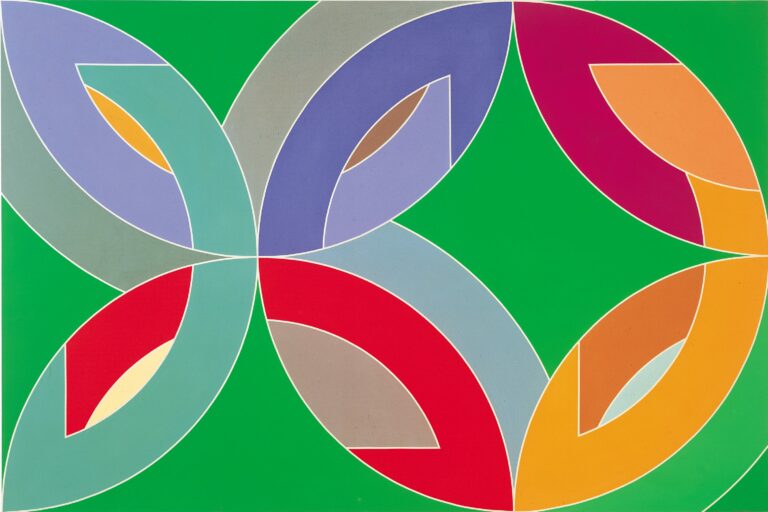Fine Art
Jean-Baptiste-Camille Corot
SHARE
Jean-Baptiste-Camille Corot: The Poetic Landscape Master
Jean-Baptiste-Camille Corot was a French landscape painter who lived from 1796 to 1875. He is considered one of the most influential artists of the 19th century, known for his serene and atmospheric landscapes that captured the essence of nature. Corot’s paintings are characterized by their soft, hazy tones, delicate brushwork, and a sense of tranquility that has captivated art enthusiasts for generations.
Born in Paris, Corot’s early life was marked by a love for the outdoors and a keen eye for the natural world. As a young man, he traveled extensively throughout France, Italy, and the Netherlands, sketching and painting the landscapes he encountered. These early experiences would shape his artistic vision and become the foundation for his later masterpieces.
Corot’s style evolved over the course of his career, moving from the more traditional, academic approach of his early works to a more impressionistic and expressive style in his later years. His paintings often feature soft, hazy atmospheres, with muted colors and a sense of timelessness that transport the viewer to a serene and contemplative realm.
One of Corot’s most famous works is “The Bridge at Narni,” a painting that captures the tranquil beauty of a small Italian town. The painting features a stone bridge spanning a river, with the surrounding landscape bathed in a warm, golden light. The scene is rendered with a delicate touch, with Corot’s brushstrokes creating a sense of movement and depth that draws the viewer into the scene.
Another iconic work by Corot is “The Pond of Ville-d’Avray,” a painting that showcases the artist’s mastery of light and atmosphere. The painting depicts a serene pond surrounded by lush vegetation, with the reflections of the trees and sky creating a sense of harmony and balance.
Throughout his career, Corot’s work was highly influential, inspiring a generation of artists who sought to capture the beauty and poetry of the natural world. His paintings were admired for their technical skill, their emotional resonance, and their ability to transport the viewer to a place of tranquility and contemplation.
Today, Corot’s legacy continues to be celebrated, with his paintings displayed in some of the world’s most prestigious art museums and galleries. His work remains a testament to the power of art to capture the essence of the natural world and to inspire a sense of wonder and appreciation in those who behold it.







